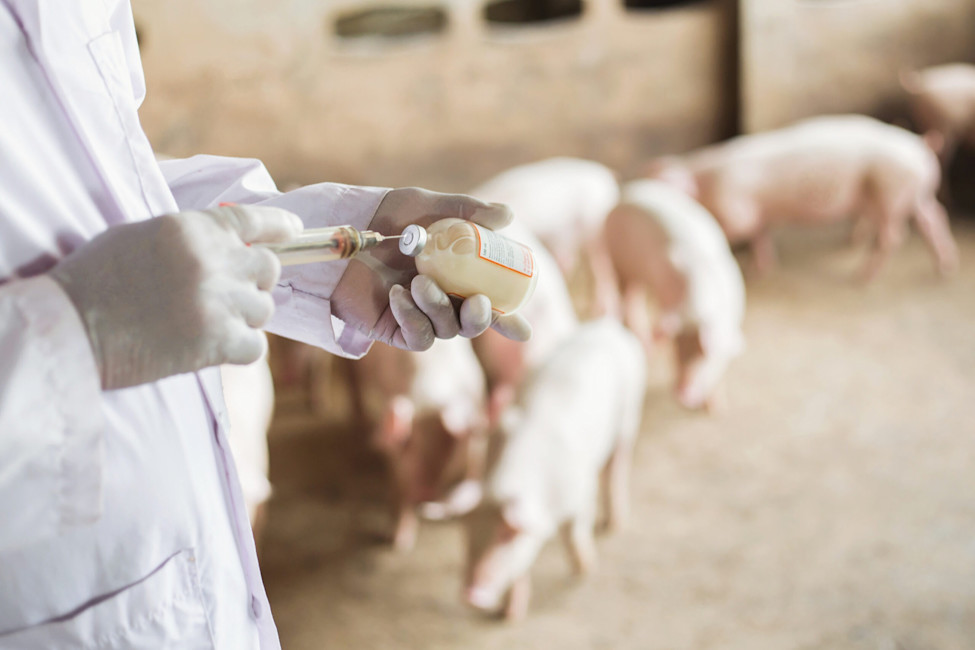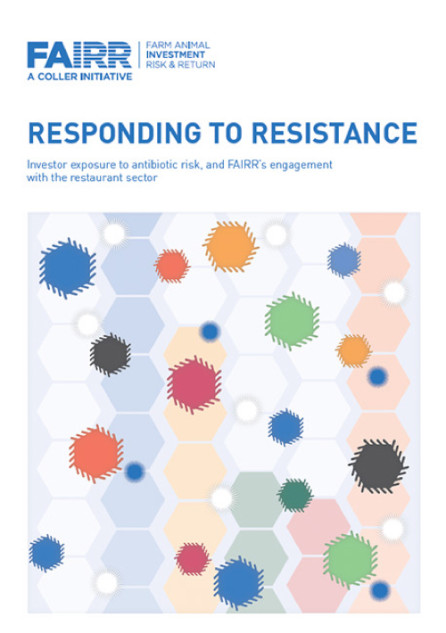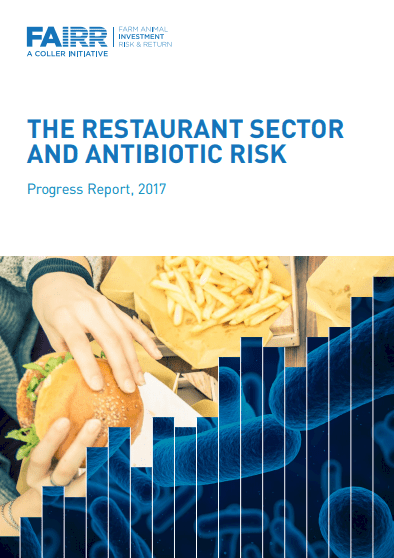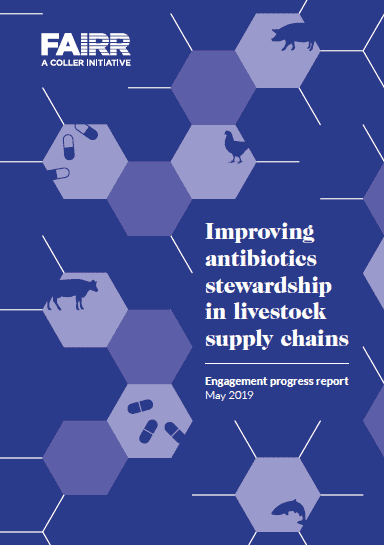
Antibiotics Stewardship Engagement
Engagement Overview
Background
Our collaborative investor engagement on Antibiotics was supported by more than 70 institutional investors, representing $5.5 trillion in AUM. To protect public health and long-term value creation, the engagement asked 20 global food companies to limit the use of antibiotics in their protein supply chains.

Selected Companies
The target companies for the antibiotics engagement operate in the global fast-food and casual dining sector. Of these, 13 companies are US-based and 7 are UK-based.
Material Risks
The misuse of antibiotics in livestock is a significant contributor to AMR. Global meat production accounts for 70% of all antibiotic use, which is projected to increase by 11.5% between 2017 and 2030. Protein producers have long used antibiotics to help animals achieve higher slaughter weights and prevent them from contracting diseases caused by unhygienic and crowded conditions.
Phasing out the routine use of antibiotics for growth promotion and disease prevention is crucial for mitigating AMR risk. Growing scrutiny of antibiotic use worldwide has resulted in better practices and more regulation. However, the majority of companies continue to source animal proteins without having antibiotic policies in place.

Investors Signed on
The last phase of the engagement was supported by 74 investors, representing US $5.5 trillion in combined assets.


